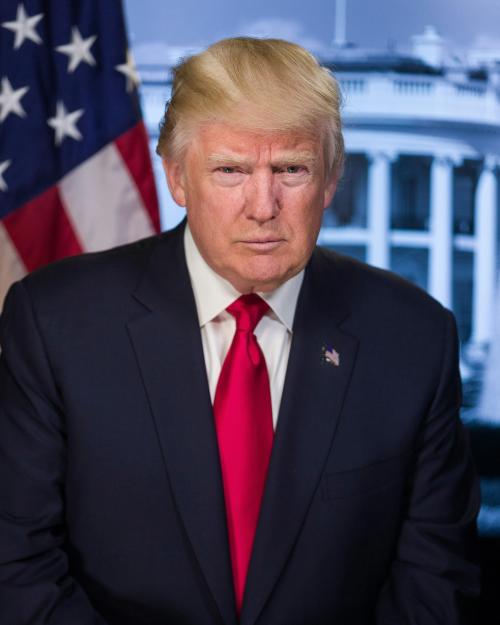Dodd-Frank whistleblower protection and the law of unintended consequences
The whistleblower provisions in the Dodd-Frank legislation present a unique challenge to corporate executives and directors committed to improved governance and to creating cultures of trust and ethical conduct. However, Congress’s good intentions in encouraging whistleblowers to come forward may have unintended consequences.
The unintended consequence of greatest concern is that the whistleblower protection provisions in Dodd-Frank foster an adversarial relationship between employees and employers. By offering a substantial ‘bounty’ for reporting questionable conduct to the SEC, employees become strongly tempted to consider blowing the whistle as a first resort, sidestepping internal channels.
The SEC, in its proposed regulation to implement Dodd-Frank, recognizes this problem and provides enhanced financial incentives for individuals who first go to the company’s internal compliance function with an issue that might ultimately be the subject of whistleblowing. The risk, however, is that such defensive measures will detract from the more fundamental need to create a safe place for individuals to take their concerns within their organization.
Ideally, whistleblowing should only be used after an individual has exhausted the internal corporate channels of communication. The US Sentencing Guidelines, SOX, the NYSE and NASDAQ already mandate formal mechanisms where employees can surface malfeasance without fear of retaliation or retribution. Corporations have responded with ethics offices, compliance offices, hotlines and other formal channels. And yet, however attractive they may be, these formal programs often require the employee to reveal him or herself to management. As a result, they are not always effective because the workforce may be fearful of using them.
The organizational ombudsman
Because an office of the ombudsman provides anonymity, its presence may be one of the most powerful governance tools corporate directors and management have at their disposal today. An organizational ombudsman office is an informal, independent, neutral, and confidential resource. It is neither an advocate for the employees nor for the company. It is an advocate for fair process.
By establishing an ombudsman office, a corporation opens the door for employees to speak about potentially serious issues they might otherwise be reluctant to reveal due to uncertainty or fears of retaliation or ostracism. Also, the fact that a corporation takes the initiative to establish a function that is safe and confidential conveys a positive impression about how that organization’s leadership thinks about its employees. It communicates in a credible way that management welcomes information about potential problems and that it wants its employees to surface and resolve problems in a manner that is non-threatening to the employee.
The presence of an organizational ombudsman conveys several useful messages:
As a matter of policy, the corporation wants to foster trust, candor and accountability. Here is a channel staffed by skilled professionals where the employee, as a matter of first resort, can go, be heard, and be coached in sorting out options for effective action.
The company acknowledges the employees hesitancy to raise certain issues with formal channels such as your direct supervisor, human resources, the ethics or compliance office, general counsel, hotline or the audit committee because when you go down this route you have put the organization ‘on notice.’ As a consequence the company will have to undertake a formal investigation and any prospect of maintaining employee confidentiality as the source is greatly diminished. That is why an office of the ombudsman is a good option.
Because the ombudsman is an informal channel it is not a ‘location of notice.’ That means if an employee raises a particularly contentious issue, the organization ‘does not know.’ Thus the employee is safe to assess whether and/or how to escalate the issue, and what the implications are of choosing a particular course of action. It is safe. It is confidential. No one will know that the employee has visited with the ombudsman.
The bottom line
Putting in place an office of the ombudsman creates a safe place for employees to sort out their concerns and evaluate their options. It creates a supplementary channel for employees who fear the negative experience of ‘ratting out’ their organization. In this constructive context where employees can participate in creating a work culture that fosters candor, trust and accountability, whistleblowing becomes a last-resort and seldom needed option.
In addition, because an organizational ombudsman makes periodic reports to the audit committee or the board on emerging issues of concern (with no attribution, to safeguard those who have come to the ombudsman), the board has an early warning system that can both surface and resolve problems before they become costly, and can identify areas of potential weakness in the corporation. It’s a win-win for everyone.
An office of the ombudsman more than pays for itself. Assessments conducted by John Zinsser of Pacifica Human Communications, a leading expert on ombuds program performance metrics, demonstrate that for every $1 invested in the ombudsman function between $14 and $23 of value is ultimately returned to the organization. This is a big win for the bottom line.
WITH ALL GOOD INTENTIONS…
However well intentioned, Dodd-Frank, with its monetary inducements to reward whistleblowers, fails to promote one of the most effective in-house ways to identify and resolve instances of corporate malfeasance. Establishing an office of the ombudsman is a proven means of enabling corporate leaders to address the continuous challenge of surfacing potential malfeasance before it becomes a threat to the corporate brand.








